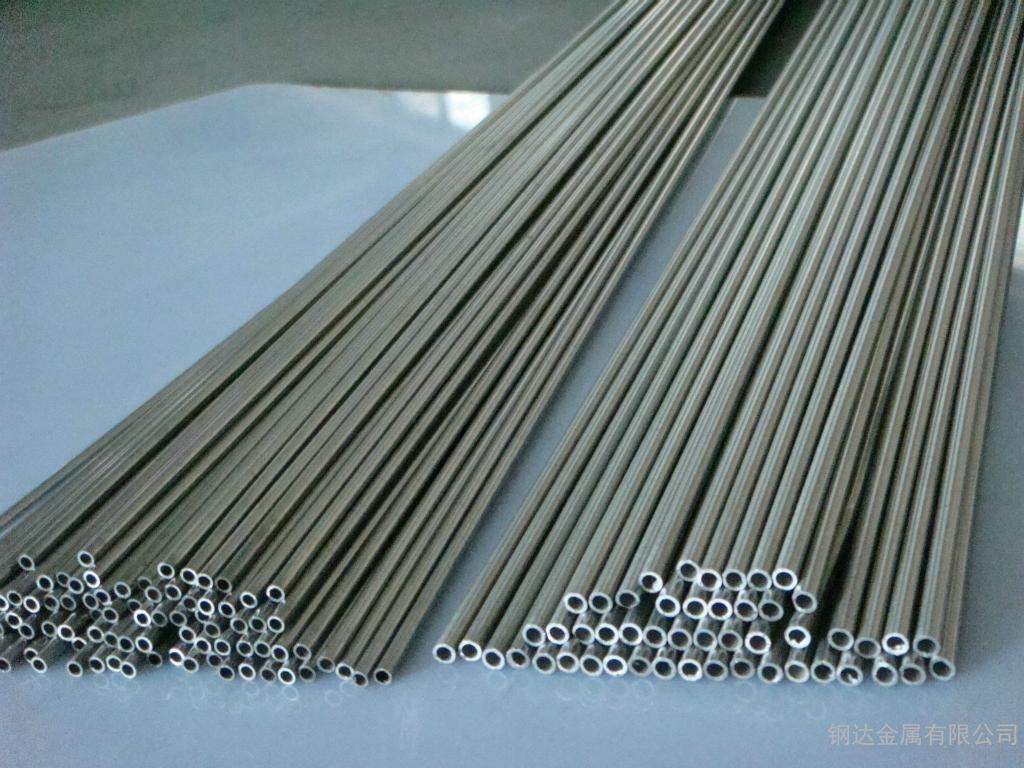Materials for Hydraulic Tubing
Hydraulic tubing is a critical component in hydraulic systems, which are commonly used in various industries for transmitting fluid power. The choice of materials for hydraulic tubing is essential to ensure the tubing can withstand high-pressure, resist corrosion, and maintain its integrity under the demanding conditions of hydraulic applications.
1. Steel Hydraulic tubing:
- Carbon Steel Hydraulic tubing: Carbon steel tubing is one of the most popular choices for hydraulic applications due to its strength, durability, and affordability. It is typically used in low to medium-pressure hydraulic systems. Common carbon steel grades include SAE 1010, SAE 1020, and SAE 1026.
- Stainless Steel Hydraulic tubing: Stainless steel tubing is chosen for its resistance to corrosion, making it suitable for hydraulic systems that involve exposure to moisture or corrosive fluids. Common stainless steel grades include 304 and 316.
2. Seamless vs. Welded Hydraulic tubing:
- Seamless Hydraulic tubing is made from a single piece of material and is generally preferred for high-pressure hydraulic applications. It has no weld seams that could weaken the tubing.
- Welded Hydraulic tubing is created by welding together separate pieces of tubing. While it is suitable for lower-pressure applications, it may have weld seams that can be potential weak points.
3. Copper and Brass Hydraulic tubing:
- Copper and brass tubing are often used in smaller hydraulic systems, such as those found in refrigeration and automotive applications. They offer good corrosion resistance and are easy to bend and work with.
4. Aluminum Hydraulic tubing:
- Aluminum tubing is lightweight and corrosion-resistant, making it a suitable choice for some hydraulic applications. However, it may not be as strong as steel and is typically used in low-pressure systems.
5. Plastic and Composite Materials:
- Some plastic and composite materials, such as nylon, polyethylene, and thermoplastic elastomers, can be used for hydraulic tubing in specific applications where lightweight, corrosion resistance, and flexibility are crucial. They are commonly found in agricultural and low-pressure hydraulic systems.
Hydraulic tubing materials are typically selected for their ability to withstand high pressure and corrosion, with steel such as carbon steel or stainless steel being commonly chosen to ensure reliability and safety in high-pressure and harsh environments. Factors such as wear resistance and temperature range are also considered to meet the various requirements of hydraulic systems.

Hard Hydraulic Tubing
请输入搜索关键字
确定






